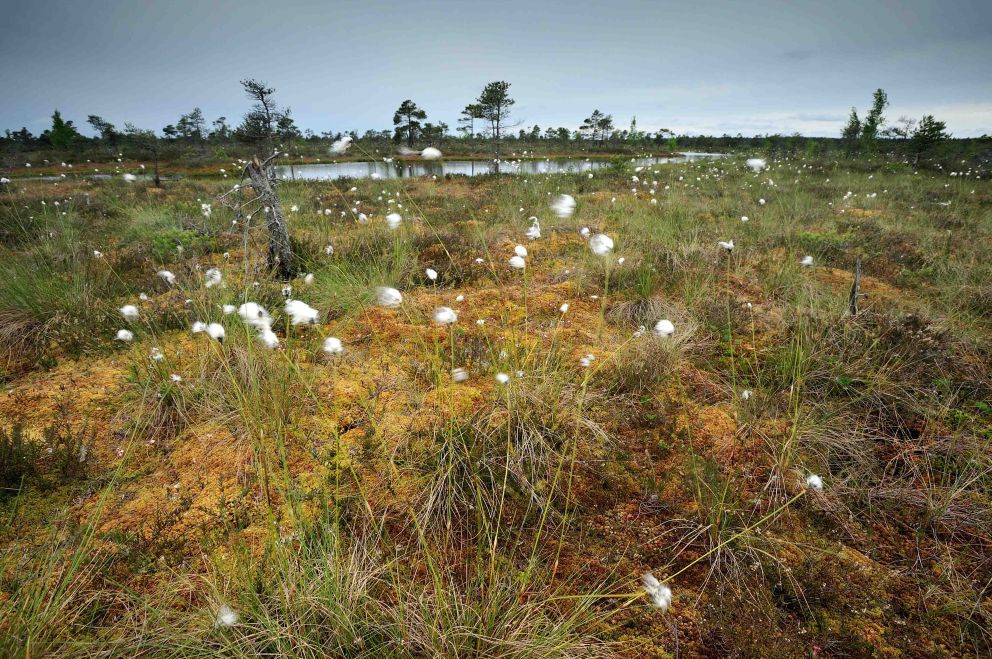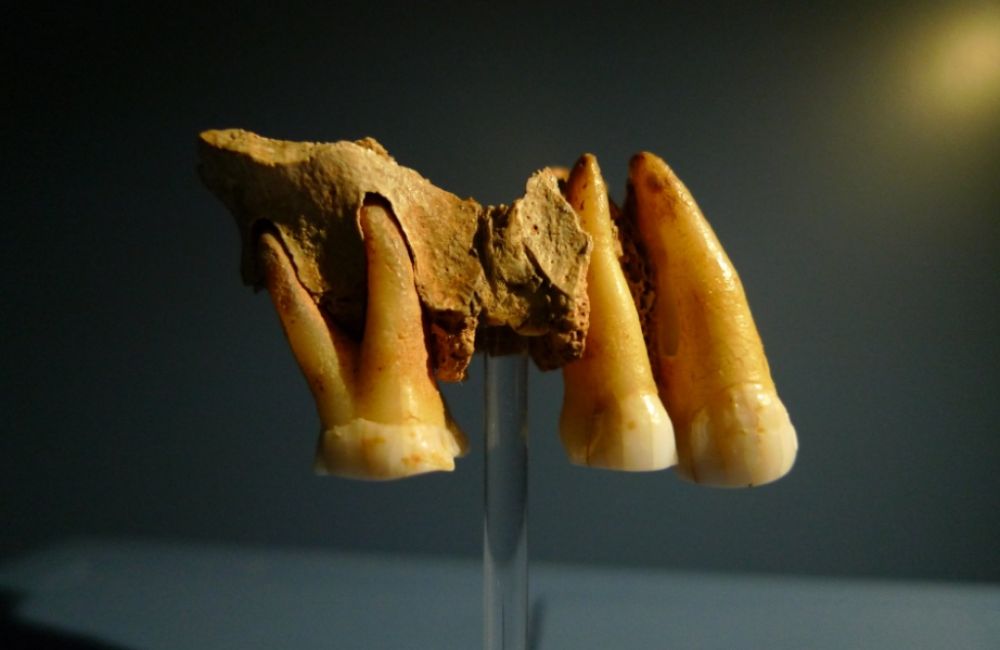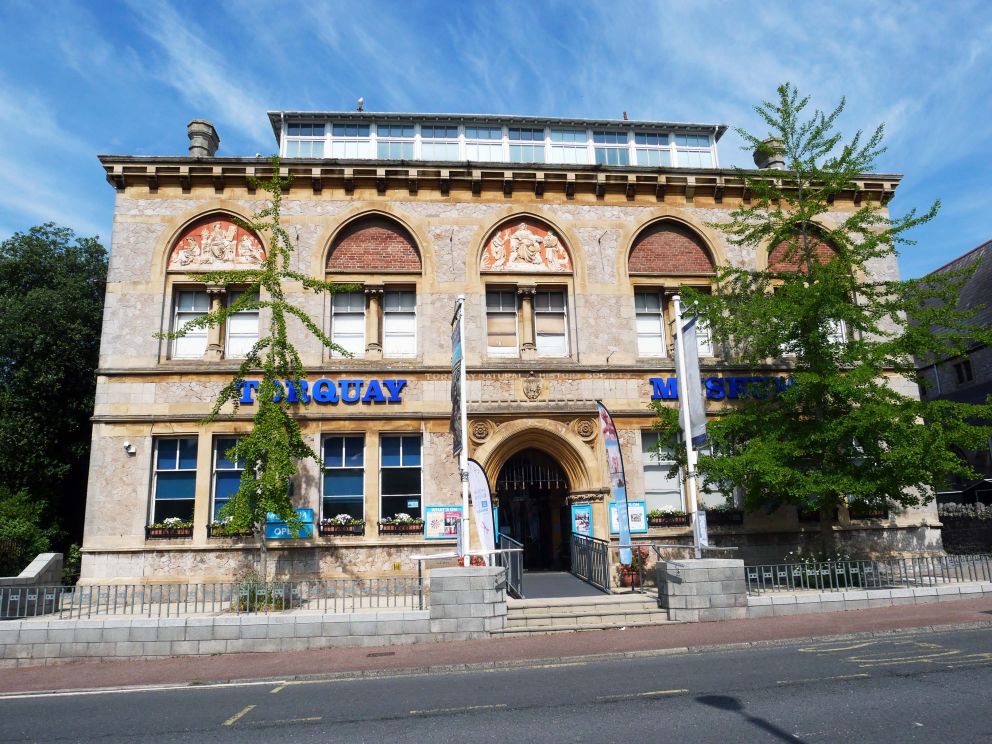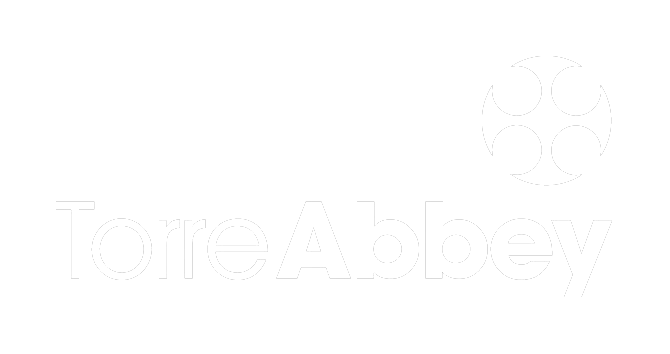KC4 - Britain's First Modern Human
In 1927, Arthur Ogilvie, Curator of Torquay Museum, excavated Kent's Cavern. Ogilvie unearthed one of the most important finds to come from a British cave site, a fragment of human jawbone.
Right: Arthur Ogilvie with his finds.
Read More 

At the time, the jawbone was identified as that of a modern human by Britain's leading anatomist Sir Arthur Keith. It would be another fifty years before modern dating techniques would reveal the true age of the jawbone and its significance for our understanding of Britain's first modern humans.
Left: Keith's original drawing of the Kent's Cavern jawbone, later to become one of the most researched fossils in Britain.
Read More 

In 2010 the fragment of human upper jawbone was re-analysed. Newly developed dating techniques that were used on bones found around the jawbone revealed it could be more than 41,000 years old. High-resolution scanning of the teeth confirmed it to be that of a Homo sapiens. This makes the jawbone the oldest fossil of a modern human in North West Europe.
Read More 

The new date for the fragment of human jawbone found at Kent’s Cavern suggests that our species arrived in Britain earlier than previously thought, at a time when our genetically close cousins, the Neanderthals, could still have been living in the British Isles. Around 41,000 years ago modern humans had only just begun arriving in Europe from the Middle East and ultimately Africa. For the next few thousand years they were to share this environment with the Neanderthals.
During this period of overlap, distinguishing between the activities of modern humans and Neanderthals can be difficult. For example it is not clear who made the robust leaf point tools that are found across northern Europe and in Kent’s Cavern at this time. The hunting strategies of the two species may have been similar. Neanderthals may have adopted technologies introduced by the first modern humans and we know from DNA evidence that modern humans outside Africa alive today share some Neanderthal ancestry. It is possible that some of the human populations at this time were a mixture of the two, but ultimately it would be modern humans that would win out.
Ongoing research is rewriting our understanding of human origins in Britain. It reveals an increasingly complex story of the colonisation and desertion of the British Isles. This was linked to profound environmental changes, during which time at least four human species came and went.
Read More 


Support Torquay Museum
Did you know that whenever you buy anything online – from your weekly shop to your annual holiday – you could be raising free donations for Torquay Museum with easyfundraising? Find out how!
Stay Connected with Our Newsletter
Be the first to hear our latest news by signing up to our newsletter. Also don't forget to follow us on social media - @torquaymuseum.
















